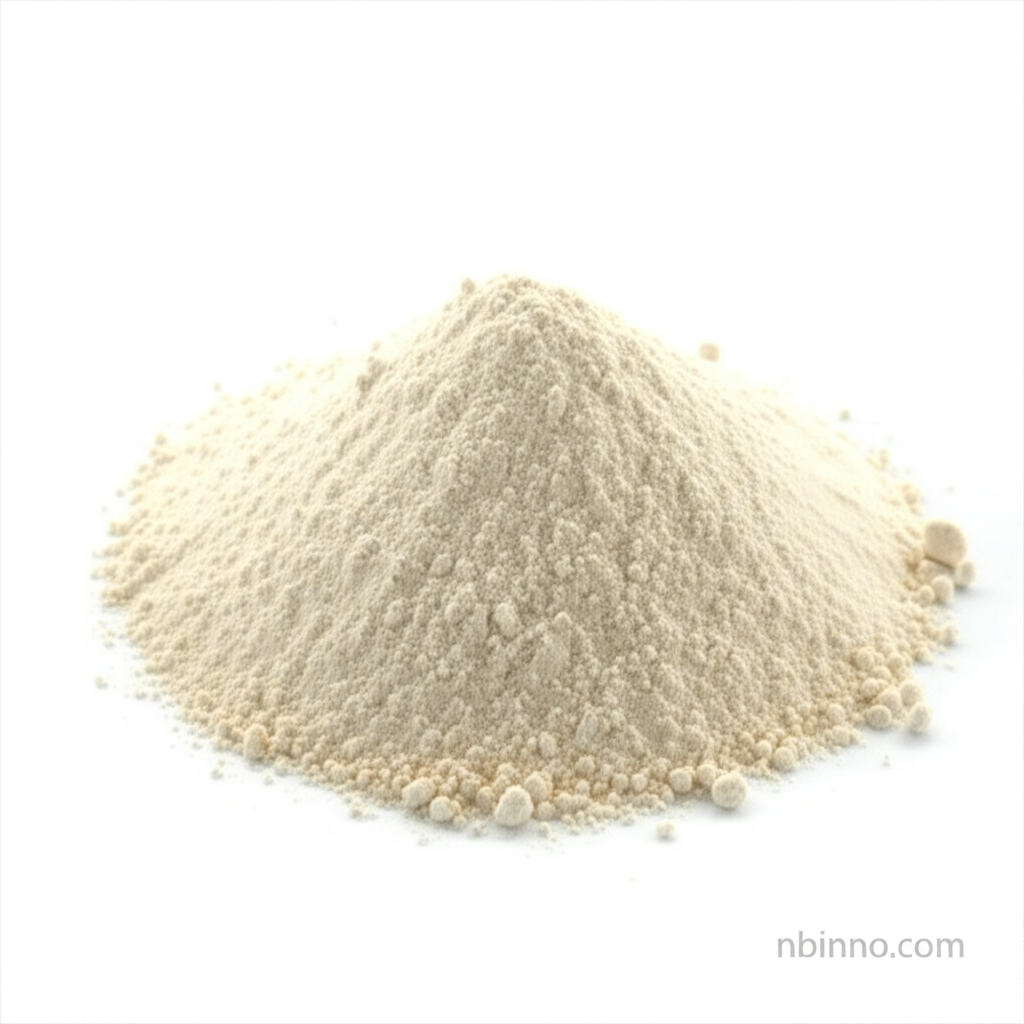Triphenylphosphine Hydrobromide: Properties and Applications
Discover the essential properties, versatile applications, and synthesis pathways of Triphenylphosphine Hydrobromide.
Get a Quote & SampleProduct Core Value

Triphenylphosphine Hydrobromide
Triphenylphosphine Hydrobromide (CAS 6399-81-1) is a vital chemical compound valued for its distinct properties and wide-ranging utility in specialized chemical processes.
- Explore the various triphenylphosphine hydrobromide uses in organic synthesis, particularly in preparing uridine derivatives for glycosyltransferases.
- Learn about the triphenylphosphine hydrobromide properties, including its white to light beige crystalline powder or chunk appearance and a melting point of 196°C (dec.).
- Understand its role in the synthesis of tensioactive agents and its function as a mild source of anhydrous HBr for reactions like THP ether formation.
- Find out why sourcing from a reliable triphenylphosphine hydrobromide supplier is crucial for ensuring high-quality standards in industrial applications.
Key Advantages
Enhanced Synthetic Capabilities
Leverage the compound's ability to facilitate complex organic transformations, making it a key component in advanced organic synthesis methodologies.
Biochemical Research Tool
Its application in preparing uridine derivatives highlights its importance in biochemical research and the development of substrate donor analogs for glycosyltransferases.
Versatile Chemical Intermediate
As a crucial intermediate, it supports the creation of various downstream products, including specialized surfactants, positioning it as a valuable triphenylphosphine hydrobromide supplier product.
Key Applications
Organic Synthesis
A cornerstone for intricate organic synthesis, enabling the creation of complex molecules with high precision.
Biochemistry
Essential in preparing uridine derivatives for glycosyltransferases, aiding advancements in biochemical research and drug discovery.
Surfactant Production
Used in the preparation of tensioactive agents, contributing to the development of specialized surfactants with diverse industrial uses.
Catalysis
Functions as a mild source of anhydrous HBr, proving useful in catalytic processes for forming THP ethers and preparing phosphonium salts.
